
About SIGHT
- It is a subcomponent of the National Green Hydrogen Mission (under Ministry of New & Renewable Energy (MNRE), aimed at bolstering domestic electrolyser manufacturing and green hydrogen production.
- Financial commitment: The programme has an outlay of ₹ 17,490 crore until 2029-30.
- Dual incentive mechanisms: Incentive for Electrolyser Manufacturing
- Implementation: The Solar Energy Corporation of India (SECI) is responsible for executing the scheme.
National Green Hydrogen Mission
- It was launched on 4th January 2023 with an outlay of Rs. 19,744 crores up to FY 2029-30.
- It will contribute to India’s goal to become Aatmanirbhar (self-reliant) through clean energy and serve as an inspiration for the global clean energy transition.
- The Mission will lead to significant decarbonization of the economy, reduced dependence on fossil fuel imports, and enable India to assume technology and market leadership in Green Hydrogen.
2. National Health Claim Exchange
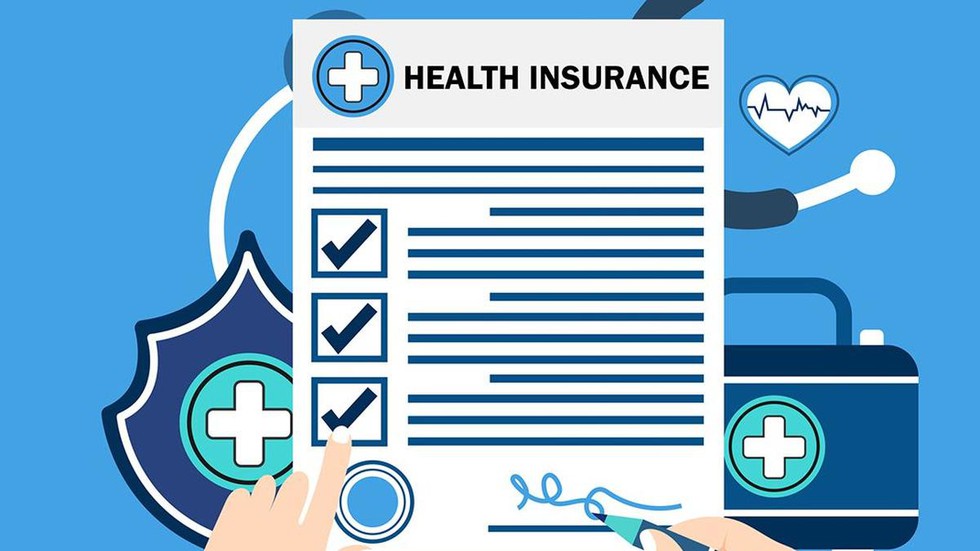
About NHCX
- National Health Claim Exchange (NHCX), a digital platform which will bring together insurance companies, healthcare sector service providers and government insurance scheme administrators.
- It aims to enhance efficiency, transparency, and accuracy in claims processing by facilitating the exchange of health insurance claims data among various stakeholders, including payers, providers, beneficiaries, regulators, and observers.
- The integration with NHCX is expected to enable seamless interoperability of health claims processing, enhancing efficiency and transparency in the insurance industry, benefiting policyholders and patients
- The NHCX aligns with the goals of the Ayushman Bharat Digital Mission, which aims to simplify the health insurance claims procedure and create a unified digital platform for healthcare services
3. Arbitration Process in India

About
- Arbitration in India is governed primarily by the Arbitration and Conciliation Act, 1996, which aligns with the UNCITRAL Model Law on International Commercial Arbitration.
Process of Arbitration:
- Initiation of Arbitration: The process starts with an arbitration agreement. The aggrieved party sends a notice of arbitration to the other, stating the intent to arbitrate, detailing the dispute, and suggesting an arbitrator if not already agreed upon.
- Appointment of Arbitrators: Parties either mutually agree on an arbitrator or use a default appointment process where courts may appoint the arbitrator(s). Typically, the number of arbitrators is one or three, as specified in the agreement, or a sole arbitrator if unspecified.
- Arbitral proceedings: Initial meetings set the timetable and procedures. Parties submit claims and defenses, presenting evidence and arguments, which may occur in person or virtually.
- Interim measures: Parties can seek interim measures from the arbitral tribunal or courts to protect their interests, including injunctions or security deposits.
- Arbitral award: Arbitrator(s) issue a binding decision resolving the dispute. Domestic arbitration typically completes within 12-18 months.
- Enforcement and challenge of Arbitral Award: An arbitral award is enforceable as a court decree. Challenges, on limited grounds such as procedural issues or public policy conflicts, must be filed within three months of receiving the award.
- Appeals: Appeals are restricted to specific grounds under Section 34 of the Act. Courts generally uphold the finality and binding nature of arbitration.
4. Santiago Network on Loss and Damage (SNLD)
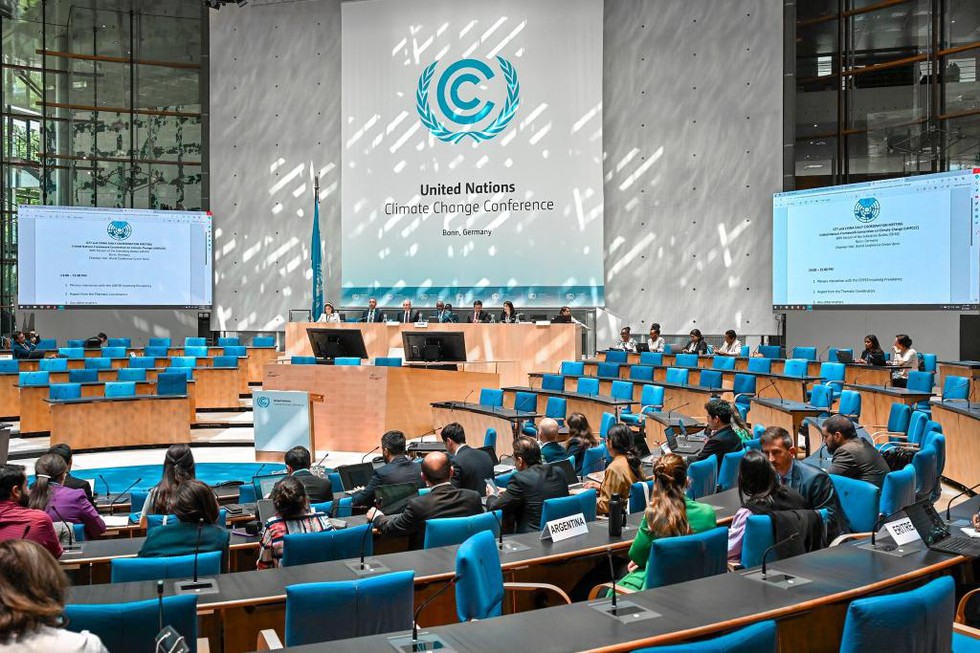
About Santiago Network for Loss and Damage
- It is a global initiative established in December 2019 to support developing countries in averting, minimizing, and addressing loss and damage caused by climate change.
- The network aims to catalyse technical assistance from various organizations, bodies, networks, and experts to enhance the capacity of vulnerable countries to manage climate-related loss and damage
Key Features:
- The Santiago Network provides technical assistance to developing countries for addressing climate change-related loss and damage by offering access to knowledge, resources and expertise.
- It aims to build capacity by connecting vulnerable nations with technical assistance providers, including civil society, NGOs, and the private sector.
- The network also plays a crucial role in facilitating the effective use of the Loss & Damage Fund from COP28.
5. High Seas Treaty
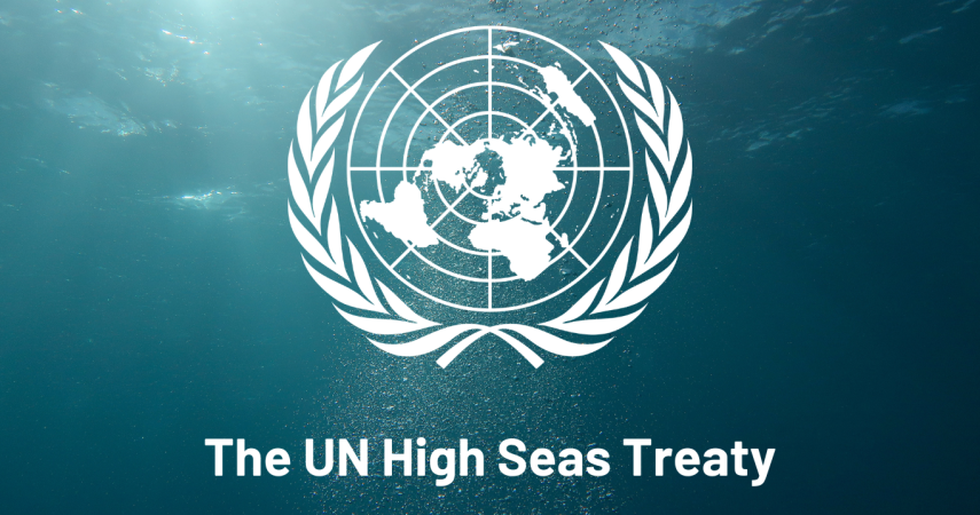
About UN High Sea Treaty
- It is also known as the agreement on Biodiversity Beyond National Jurisdiction (BBNJ). It is a landmark legally binding treaty adopted by the United Nations in June 2023.
- The treaty aims to protect and sustainably use marine biodiversity in areas beyond national jurisdiction, which cover nearly two-thirds of the world's oceans.
- The high seas are those areas of the world’s oceans that are outside national jurisdictions.
- They constitute a huge chunk of the world’s oceans and are home to a wide variety of biodiversity. Despite this, less than two per cent of the world’s high seas are protected by law.
- So far only 7 countries — Belize, Chile, Mauritius, Federated States of Micronesia, Monaco, Palau and the Seychelles — have ratified the treaty.
- The treaty will become international law only when it is signed and ratified by at least 60 countries. India has neither signed nor ratified the treaty.
Key Features
- Establishing large-scale marine protected areas to conserve 30% of land and sea by 2030
- Creating a framework for sharing benefits from marine genetic resources and technology transfer
- Implementing clear rules for environmental impact assessments
- Requiring free, prior, and informed consent from indigenous communities for accessing marine resources
- Setting up a clearing-house mechanism to share information and best practices among parties
6. Duty Drawback Scheme
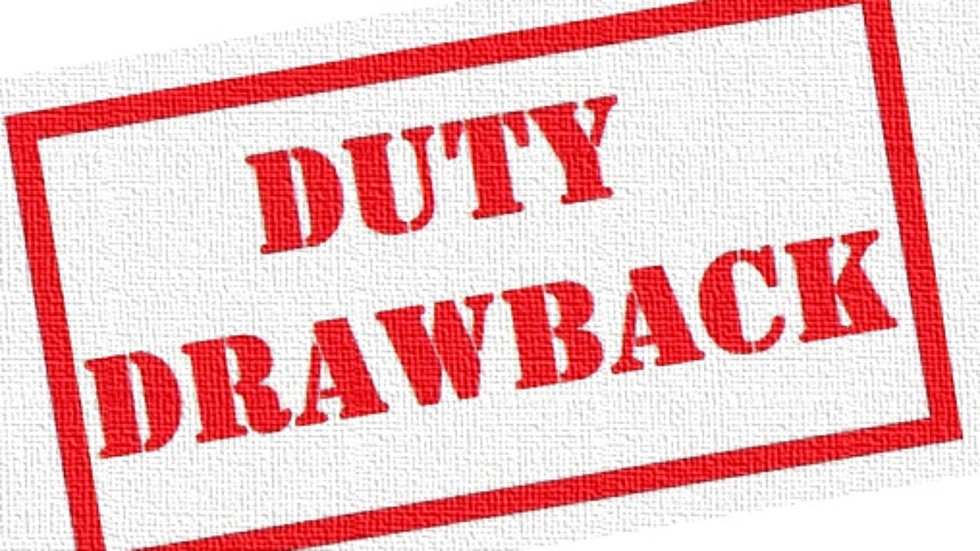
About Duty Drawback Scheme:
- It is a trusted and time-tested scheme administered by CBIC to promote exports.
- It rebates the incidence of Customs and Central Excise duties, chargeable on imported and excisable material, respectively, when used as inputs for goods to be exported.
- The duty drawback provisions are described under the Customs Act, 1962.
- This WTO compliant scheme ensures that exports are zero-rated and do not carry the burden of the specified taxes.
- It is a crucial program to help exporters offset some of the costs accrued during the export process, particularly in the supply or value chain.
- The following are the eligible goods for the duty drawback:
- To export goods imported into India
- To export goods imported into India after having been taken for use
- To export goods manufactured/produced out of imported material
- To export goods manufactured/produced out of indigenous material
- To export goods manufactured /produced out of imported or indigenous materials.
- The following are the minimum criteria to claim for processing drawback claims:
- Any individual must be the legal owner of the goods at the time the goods are exported.
- He/she must have paid customs duty on imported goods.
- Duty drawback is available on most goods on which customs duty was paid on importation and which has been exported.
Key Facts about Central Board of Indirect Taxes and Customs (CBIC):
- CBIC (erstwhile Central Board of Excise and Customs) is a part of the Department of Revenue under the Ministry of Finance, Government of India.
- CBIC administers all the indirect tax-related mattersin India.
- It deals with the tasks of formulation of policy concerning levy and collection of Customs, Central Excise duties, Central Goods & Services Tax and IGST, prevention of smuggling and administration of matters relating to Customs, Central Excise, Central Goods & Services Tax, IGST and Narcotics to the extent under CBIC's purview.
- The Board is the administrative authority for its subordinate organizations, including Custom Houses, Central Excise and Central GST Commissionerates, and the Central Revenues Control Laboratory.
- It also ensures that taxes on foreign and inland travel are administered as per the law,and the collection agencies deposit the taxes collected to the public exchequer promptly.
7. Child Nutrition Report 2024
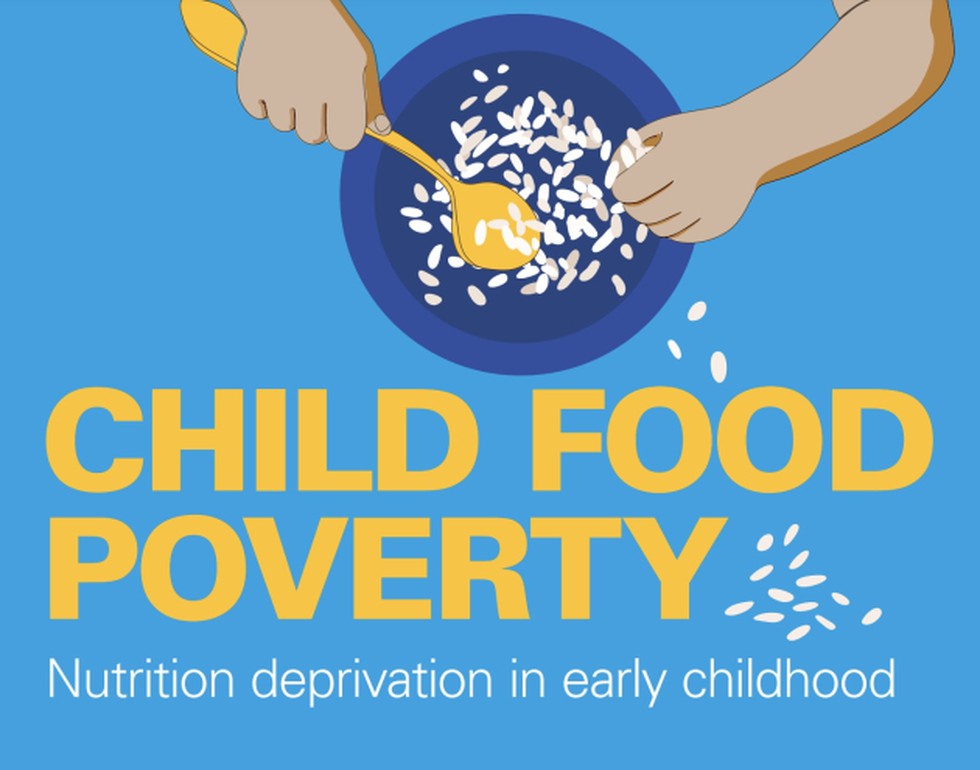
About Child Nutrition Report 2024:
- It was released by UNICEF.
- This global report examines the status, trends, inequities and drivers of child food poverty in early childhood, including the impact of global and local food and nutrition crises.
- The report focuses on low and middle-income countries, where most children living in child food poverty reside and on the implications of child food poverty for undernutrition and poor development.
- UNICEF defines child food poverty as children’s inability to access and consume a nutritious and diverse diet in early childhood (i.e., the first five years of life).
- Highlights of the 2024 Report:
- One in four children under age 5 around the world (some 27% of children under age 5—or 181 million) is experiencing severe food poverty and is vulnerable to life-threatening malnutrition.
- Over two-thirds of the 181 million young children living in severe food poverty live in South Asia and sub-Saharan Africa, with 20 countries accounting for 65% of the children living in severe food poverty.
- These countries are Afghanistan, Bangladesh, China, Côte d’Ivoire, the Democratic Republic of the Congo, Egypt, Ethiopia, Ghana, India, Indonesia, Myanmar, Niger, Nigeria, Pakistan, the Philippines, Somalia, South Africa, Uganda, the United Republic of Tanzania and Yemen.
- The report also found that children in both poor and non-poor households face severe food poverty.
- About half (97 million) of the children in severe food poverty live in middle- and upper-income households.
8. Biopharmaceutical Alliance

About Biopharmaceutical Alliance:
- It is an alliance of India, South Korea, Japan, the United States of America (USA) and the European Union to put joint efforts into building a resilient supply chain in the biopharmaceutical sector.
- The participants emphasised the importance of a reliable and sustainable supply chain and agreed to coordinate the respective countries' biopolicies, regulations and research and development support measures.
- They acknowledged that the production of essential raw materials and ingredients is concentrated in a few countries and agreed to work together to build a detailed pharmaceutical supply chain map.
- The alliance was launched in response to the drug supply shortages experienced during the Covid-19 pandemic.
- The alliance was inaugurated in San Diego during the Bio International Convention 2024.
- The Bio International Convention is the premier event for the biotechnology industry, bringing together over 20,000 leaders from around the world.
- It represents the entire biotech ecosystem, from public pharmaceutical companies and biotech startups to academia, non-profits, and government agencies.
9. Subansiri Lower Hydro Electric Project (SLHEP)
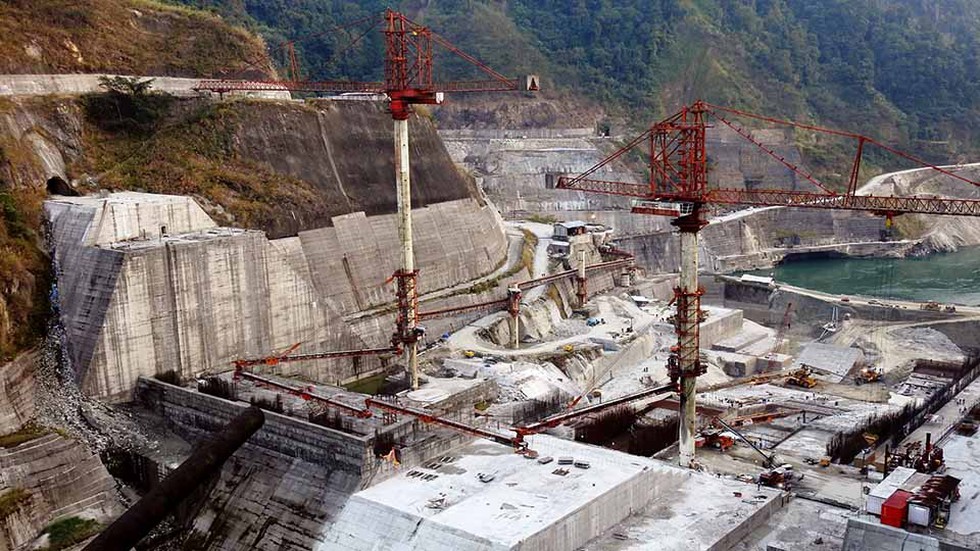
About Subansiri Lower Hydro Electric Project (SLHEP):
- It is an under-construction gravity dam on the Subansiri River in north-eastern India on the borders of Arunachal Pradesh and Assam, with a capacity of 2000 MW (8x250 MW).
- It will be the single largest hydroelectric plant in India when completed and is a run-of-river project.
- The project is being developed by the state-run National Hydro Power Corporation (NHPC).
Key Facts about Subansiri River:
- It is a trans-Himalayan River, and a right-bank tributary of the Brahmaputra River.
- Also called the Gold River, the Subansiri River is famous for its gold dust.
- It flows through Assam, Arunachal Pradesh and the Tibet Autonomous Region of China.
- It originates from the Himalayas in China and flows towards the east and southeast into India, where it joins the River Brahmaputra.
- It joins the Brahmaputra River in the Lakhimpur district of Assam.
- It is approx. 518 km long, with a drainage basin of 32,640 square km (12,600 sq. mi).
- It is the largest tributary of the Brahmaputra, contributing 7.92% of the Brahmaputra's total flow.
- The high topographic variation makes this river a potential zone for harnessing it for hydropower.
10. Large Action Models (LAMs)
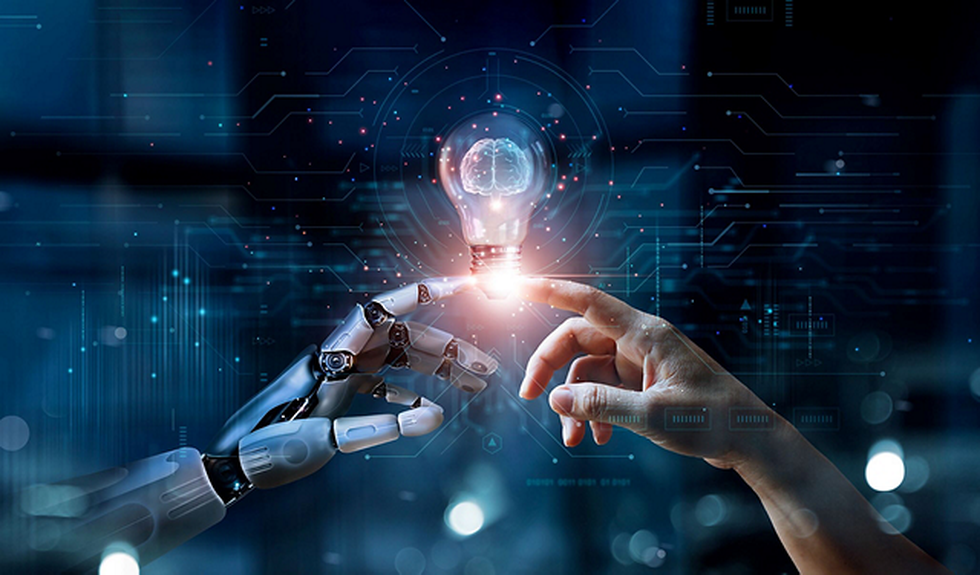
About Large Action Models (LAMs):
- LAMs are advanced Artificial Intelligence (AI) models.
- LAMs are designed to understand and execute complex tasks, based on what users want.
- Unlike large language models (LLMs), a LAM combines language understanding with logic and reasoning to execute various tasks.
- LAMs learn from massive datasets of user action information and use this data for strategic planning and proactive action in real-time.
- These models utilise advanced machine learning techniques, including deep learning and reinforcement learning, which enables them to learn from vast datasets and improve their decision-making capabilities over time.
- By analysing past and present actions, LAMs can make educated predictions about future outcomes, thereby assisting in planning, strategy, and real-time decision-making in complex environments.
- Their application ranges across numerous fields, from personal assistants, autonomous vehicles, and robotics to healthcare as well as financial modelling.
What are Large Language Models (LLMs)?
- A LLM is a type of AI program that can recognize and generate text, among other tasks.
- LLMs are trained on huge sets of data hence the name "large."
- LLMs use a type of machine learning called deep learningin order to understand how characters, words, and sentences function together.
- They have the ability to infer from context, generate coherent and contextually relevant responses, translate to languages other than English, summarize text, answer questions (general conversation and FAQs), and even assist in creative writing or code generation tasks.


























































































































































.png)
.png)
.png)
.png)
.png)


.png)
.png)
.png)





.png)
.png)






.png)
.png)
.png)
.png)
.png)
.png)
.png)
.png)
.png)

.png)







.png)
.png)


.png)
.png)
.png)


.png)

.png)
.png)





.jpg)

.png)
.png)


.png)

.png)
.png)
.png)

.jpg)

.jpg)


.png)

.png)
.png)
.png)
.png)
.png)
.png)
.png)
.png)
.png)
.png)




.png)

.png)





.png)
.png)
.png)
.png)
.png)
.png)
.png)
.png)
.png)
.png)
.jpg)
.jpg)

.png)
.png)
.png)
.png)
.png)
.png)
.png)
.png)
.png)
.png)
.png)
.png)
.png)
.png)
.png)
.png)
.png)
.png)
.png)
.png)
.png)
.png)



.png)
.png)

.jpg)
.jpg)


.jpg)
.jpg)
.jpg)
.jpg)
.jpg)

.jpg)








.jpg)
.jpg)
.jpg)
.jpg)
.jpg)

















.jpg)
.jpg)







.jpg)


















.jpg)
.jpg)






























































































.jpg)
.jpg)


























.jpg)

.jpg)










.jpg)








.jpg)




.jpg)










.jpg)


















.jpg)












































.jpg)














.jpg)
.jpg)
.jpg)





.jpg)

.jpg)
.jpg)





































































.jpg)


































.jpg)
.jpg)
















































.jpg)












.jpg)


.jpg)




.jpg)
.jpg)
.jpg)

.jpg)
.jpg)
.jpg)
.jpg)

.jpg)
.jpg)
.jpg)

.jpg)
.jpg)
.jpg)
.jpg)
.jpg)
.jpg)
.jpg)
.jpg)

.jpg)


.jpg)
.jpg)
.jpg)
.jpg)
.jpg)
.jpg)
.jpg)
.jpg)
.jpg)
.jpg)











.jpg)
.jpg)





.jpg)
.jpg)
.jpg)
























.jpg)
























.jpg)









.jpg)
.jpg)







.jpg)
.jpg)









































.jpg)
.jpg)
.jpg)
.jpg)
.jpg)

.jpg)
.jpg)
.jpg)
.jpg)
.jpg)


.jpg)
.jpg)
.jpg)
.jpg)
.jpg)

.jpg)
.jpg)
.jpg)
.jpg)
.jpg)
.jpg)
.jpg)
.jpg)
.jpg)
.jpg)
.png)

.png)
.png)

.png)
.png)
.png)
.png)


.jpg)
.jpg)

.jpg)
.jpg)
.jpg)

.png)
.png)
.png)
.png)
.png)
.png)
.png)

.png)
.png)
.png)
.png)
.png)
.png)
.png)
.png)
.png)
.png)





































































-min.png)



.png)




.png)








































